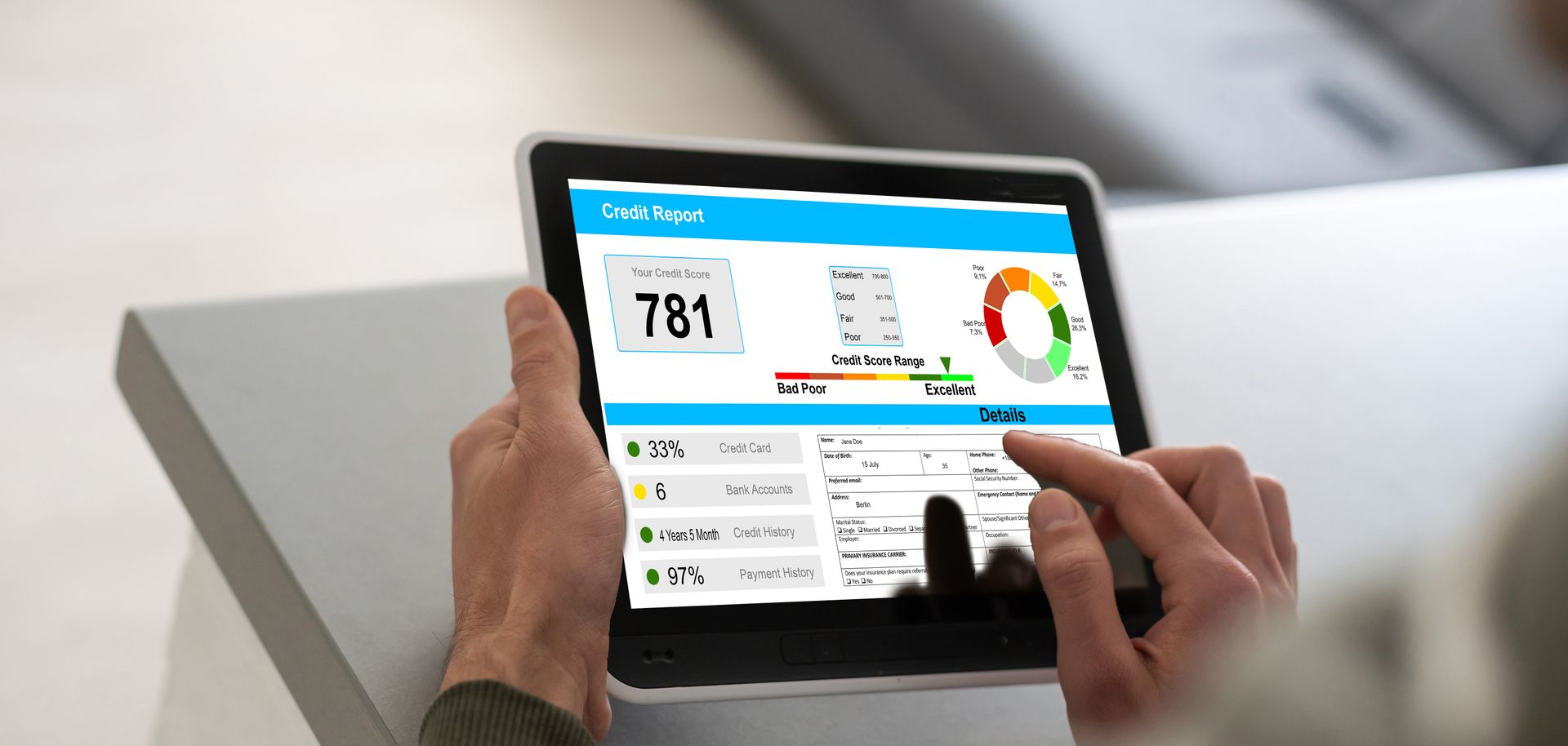Dairy Farmers: Financial tools to manage on-farm risk
Going into a business where you have no control over what you earn has taught me that farmers should consider utilising hedging tools to minimise financial risk. While milk production is predictable (weather permitted), we have no control over the milk price or major farm costs such as feed and fertiliser. However, farmers do have a range of financial tools available to help you deal with changing market prices and costs. By locking in prices through financial tools like futures contracts, you can manage your farm's risks better. This approach can make your financial planning more effective and could even help you get loans easier, because banks like businesses that have steady money coming in.
Income - Milk price in New Zealand
I often see clients reluctant to fix milk price as it’s a newer concept. If you change your mindset to ‘we fix interest rates on loans and have been doing that for years’, then you will realise that we are dealing with the same concept when it comes to fixing milk price.
By setting a fixed milk price, you can shield yourself from the risk of unexpected price drops and stabilise your income. You accomplish this through futures contracts or options through Jarden (which requires capital to front up with to meet the calls), or if you are a Fonterra supplier, by using their Fixed Milk Price options. If you are a Fonterra supplier, you can lock in up to 50% of your estimated milk production using Fonterra’s fixed milk price options.
When deciding whether to lock in your milk price you need to know what your break-even price (BEMP) is, and you need to create a hedging policy for your business. This enables you to remove the emotion and the ‘gaming’ aspect from this decision. You can calculate previous seasons BEMP by looking at your farm accounts or a benchmarking report such as DairyBase. Use your budget to calculate a forecast BEMP.
Interest rate management:
Managing your interest rates is important. You can use different financial tools to control how much you pay for loans. For example, you can fix your loan's interest rate to avoid paying more if rates go up, which can save you money on your farm's expenses and help you keep more profit. Also, you have access to tools like overdrafts and credit lines that can help you with cash when you need it for your day-to-day operations.
Stock feed management:
Managing your stock feed is key to controlling costs. You can save money by contracting your feed for the season or even partially contracting your feed. This makes one of your biggest expenses in farming—feed costs—more stable. It also helps you plan your budget and finances better, keeping feed costs predictable and under control all year round.
If you fix your milk price, interest rates and stock feed, I’m not saying you’re going to be more profitable, as markets do change and it may not have been the best decision. However, when there is a downturn and you have locked prices on the key income and expense items, you not only feel good about your decisions, but your mind is at ease knowing you have some certainty of your profitability. Hedging mechanisms help you deal with the ups and downs of prices and costs, making your business stronger, and more likely to last.
To make the most of these tools, you need to really understand the market and the different financial products you can choose from. We have the experts to help you with this – give us a call to discuss how we can help you.











